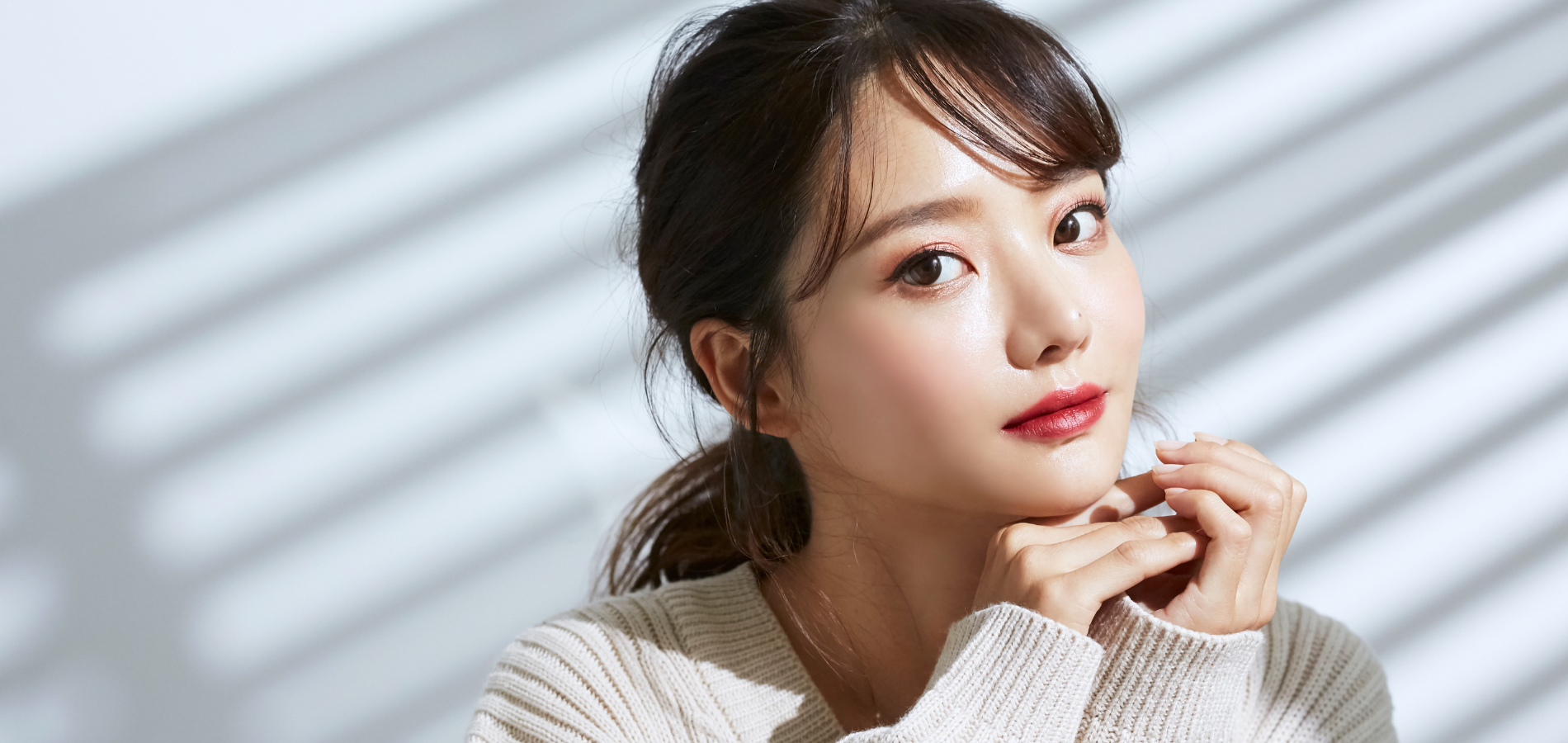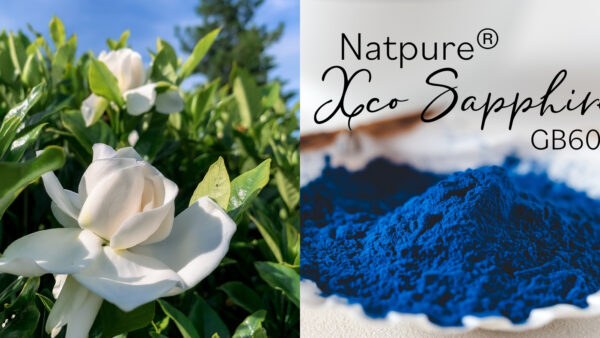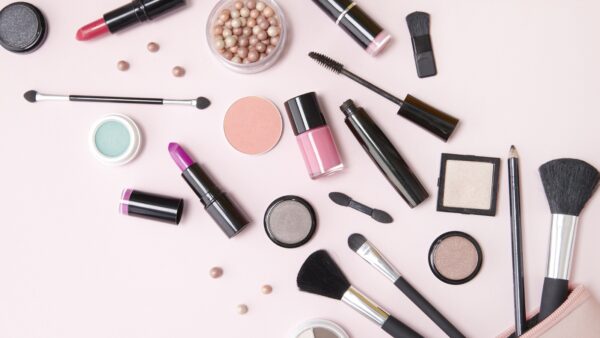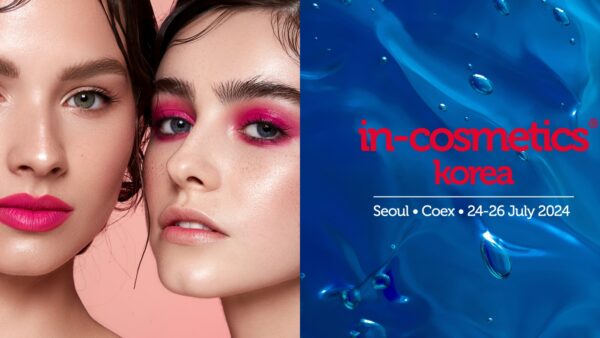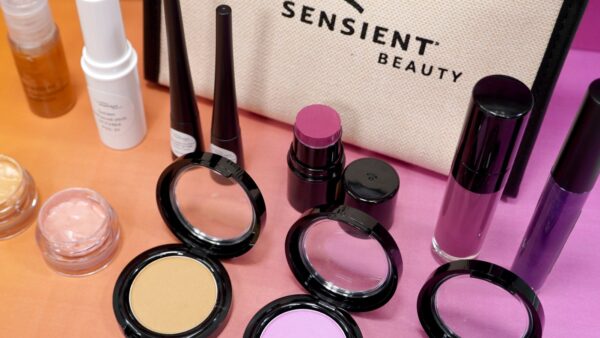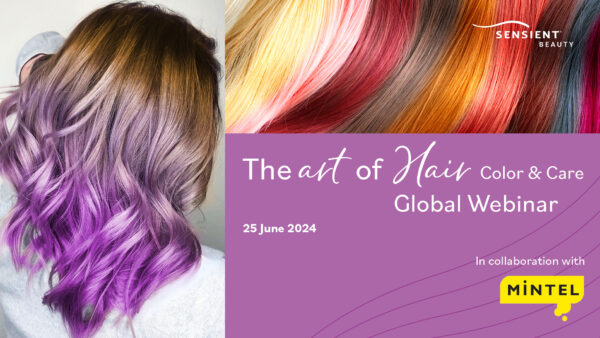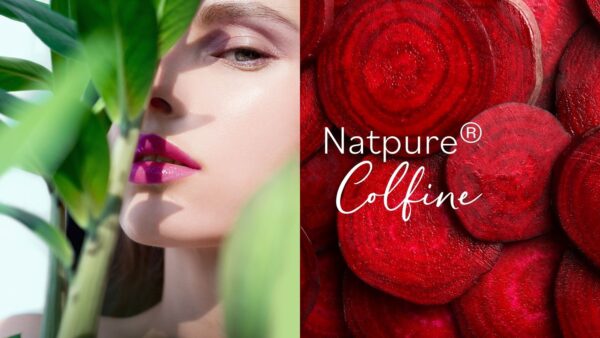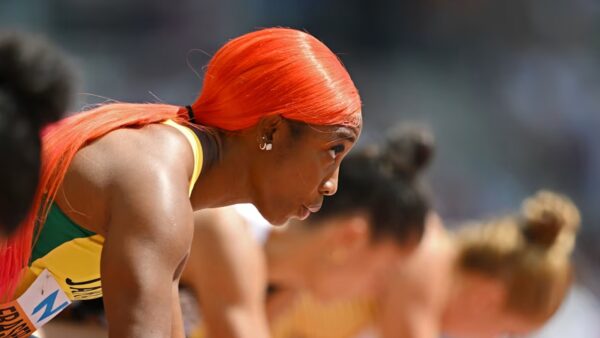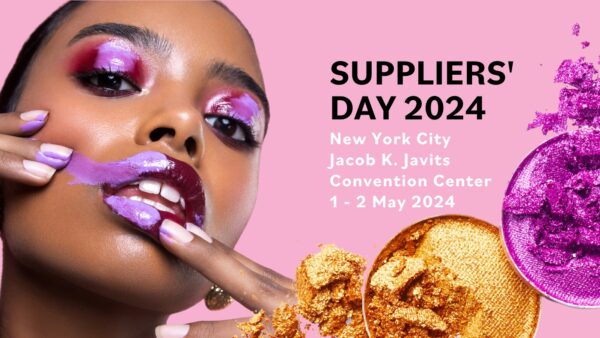BB creams, cushion foundation, snail slimes and sleeping masks—these are just some of the innovative products that made South Korea a powerhouse since its meteoric rise in the beauty industry a decade ago. And it doesn’t show signs of stopping; the K-beauty market is forecast to be worth $21.8b by 2026, with an average growth of 11.3% per year.
Asian Beauty Standards
South Korea is the capital of both skincare and plastic surgery, making it a unique market that is driven by high beauty standards and an emphasis on having beautiful skin. The consumers there are sophisticated, which higher-than-average knowledge on skincare, even at a young age. They also form skincare habits early, knowing the importance of hydration, double cleansing while seeking out gentle formulas that are also efficacious.
Asian Skin Concerns
Asian skin tones, including those of Korean, Japanese, Thai, Indian and Chinese descent, tend to have a yellow undertone. A large percentage of these Asians live in the city, making them prone to sensitivity due to the onslaught of pollution and other environmental aggressions. Asian skin tends to have more sebaceous glands, meaning oilier complexion that’s susceptible to acne and scarring. Having thinner skin, Asians are more vulnerable to scarring as it’s harder to recover from injuries, as well a a propensity to lose more moisture through trans-epidermal water loss.
Asian skin also produces more melanin, which means pigmentation issues like melasma, freckles, age spots and post-inflammatory hyperpigmentation. However, an advantage of having thinner skin and stratum corneum means that the dermis is thicker with concentrated amounts of collagen and elastin, showing the signs of aging only around the average age of 38.
Trend #1: Skincare for Urban Women
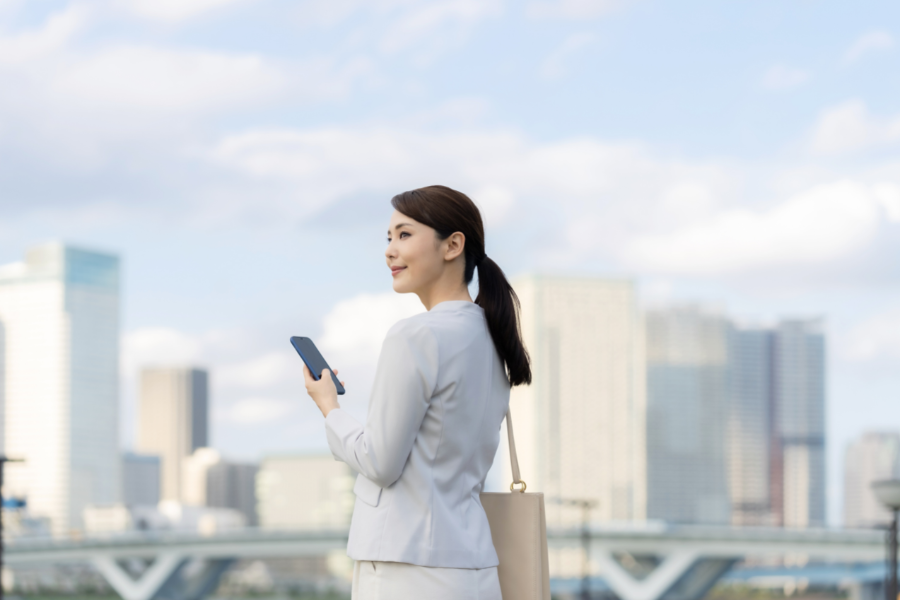
Being urbanites, Asian women are prone to skin sensitivities unique to city dwellers. Pollution, smog, stress, UV damage and free radicals can trigger redness and inflammation, or make skin more susceptible to damage.
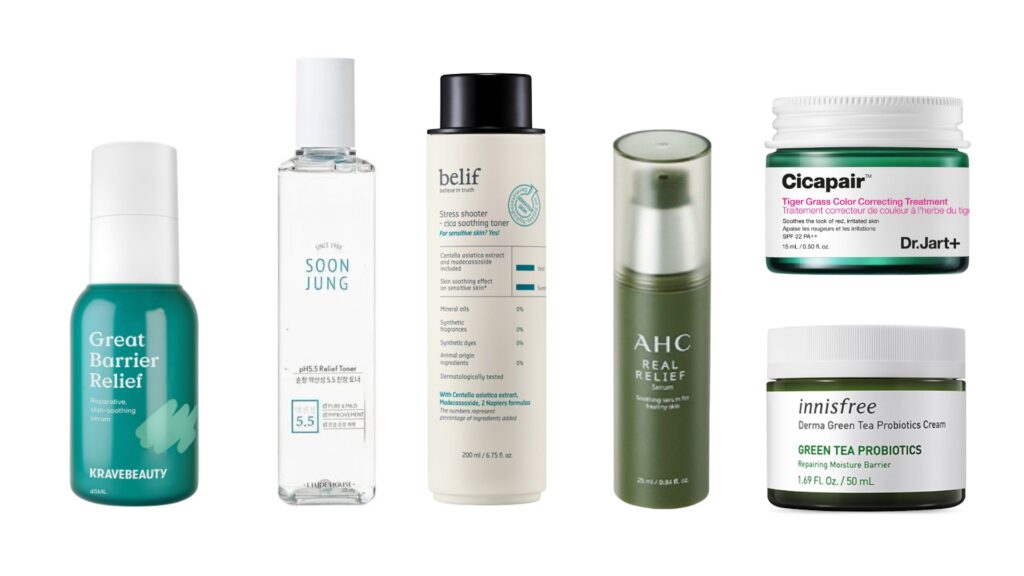
Skincare that focuses on skin barrier restoration are very popular among Asian women, particularly those who prefer products that are made with natural ingredients perceived to be good for the skin. Ingredients like Cica (Centella Asiatica), green tea and mugwort leaf extract are just some ingredients that are favored for its soothing and anti-inflammatory properties.
Vegetable Charcoal
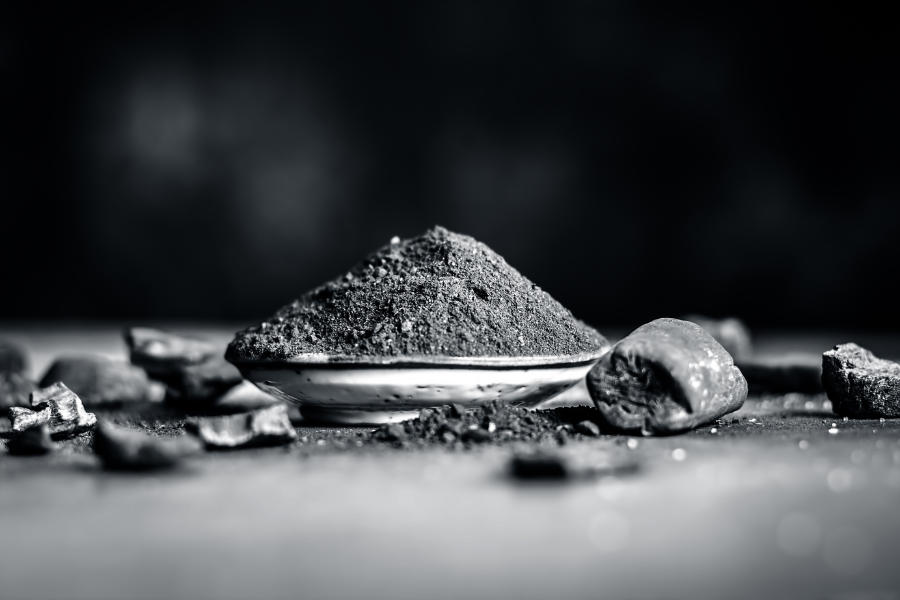
Asian women understand the importance of clean skin and Charcoal is well known as an ingredient that purifies and deeply cleanses skin. Vegetable charcoal extracted from the European peatlands form the activated charcoal ingredient that is natural, and with a guarantee of Ecological & Responsible Peatland Management. Vegetable charcoal is also known for its high oil absorption, drawing out excess sebum to wick away shine.
Trend #2: Glass Skin Glow
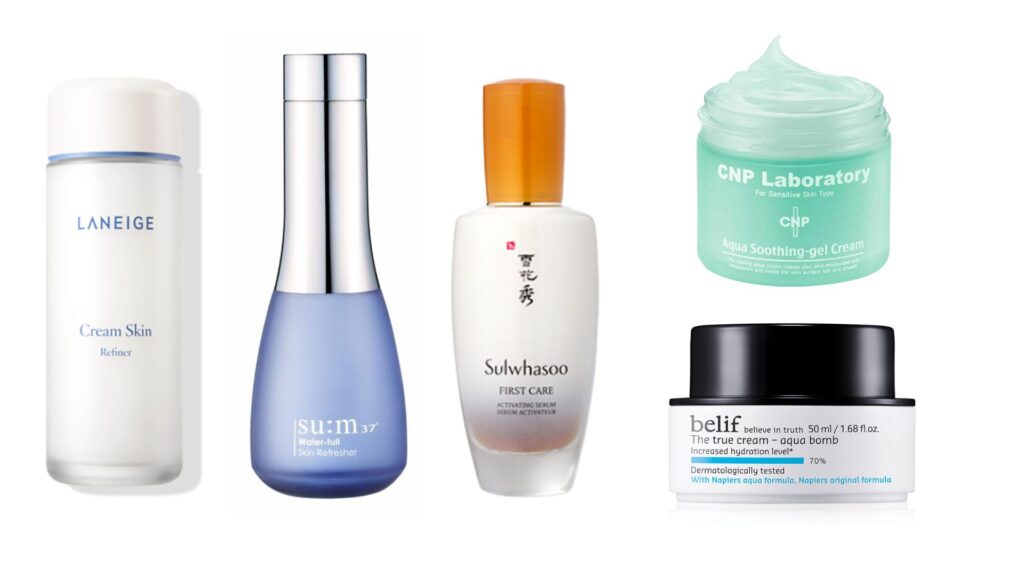
Although the Glass Skin trend has been around for a while, the main driving force behind its popularity is achieving hydration and plumpness on the skin. Asian women believe that hydration forms the basis for having good skin and layering hydrating products over one another can help enhance skin’s moisture levels and strengthen skin’s barrier functions
Covasterol
Restoring skin barrier is just one of the ways to help skin retain moisture and keep out aggressors. Covasterol has a blend of plant phytosterols, shea butter, candelilla wax and glyceryl isostearate to provide nourishment and hydration. It works particularly well for drier skin, in part due to its emolliency and its ability to form an occlusive layer to prevent moisture loss.
Natpure Feel-M Eco
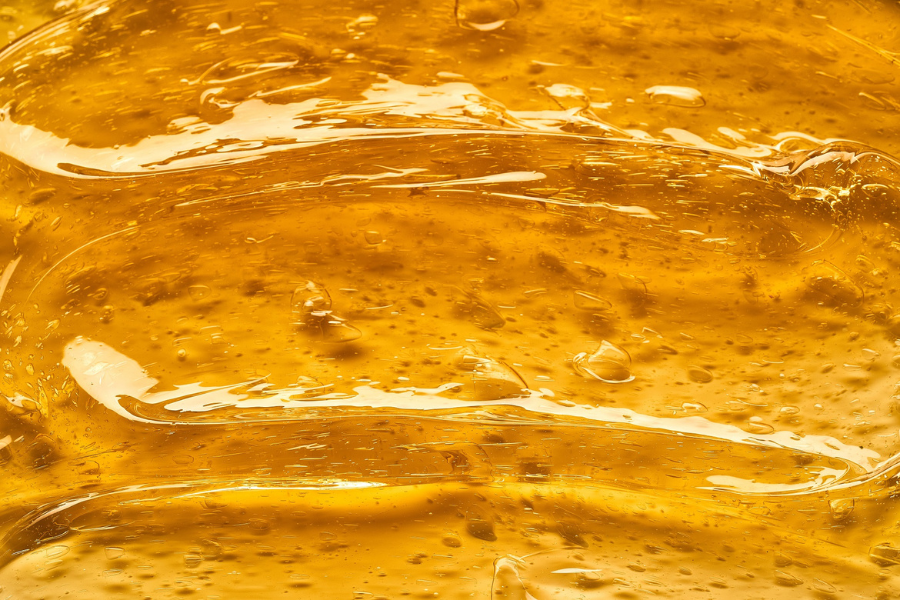
This emollient is derived from coconut and forms an excellent active for conditioning skin. It has many applications including personal care, hair care, skin care, hair care, lip care, makeup, and sun care.
Natpure Film AP
This natural film former is made with sugar and acacia gum. It has a low viscosity, with easy dispersibility in water, where the final product would not have any increase in viscosity when added.
Trend #3: Makeup That Cares
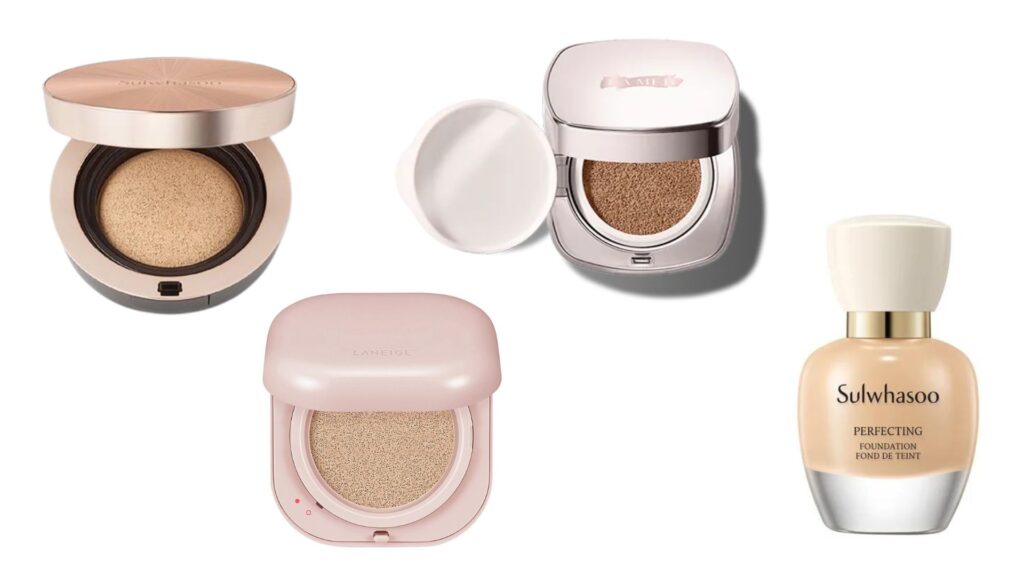
Makeup forms a large part of grooming for Asian women and since it sits on their skin all day, there is an emphasis for makeup products that also come with skincare ingredients. BB cushions remain a stronghold for base products that help to diminish imperfections, and at the same time offer benefits like anti-ageing, brightening and sun protection.
Covanol
Covanol pigments are bright and vivid with excellent stability and are an alternative to castor oil-based dispersions without compromising on sensorial feel. The mineral pigments can be used in lip makeup, or face makeup.
Trend #4: Sunscreens That Do More
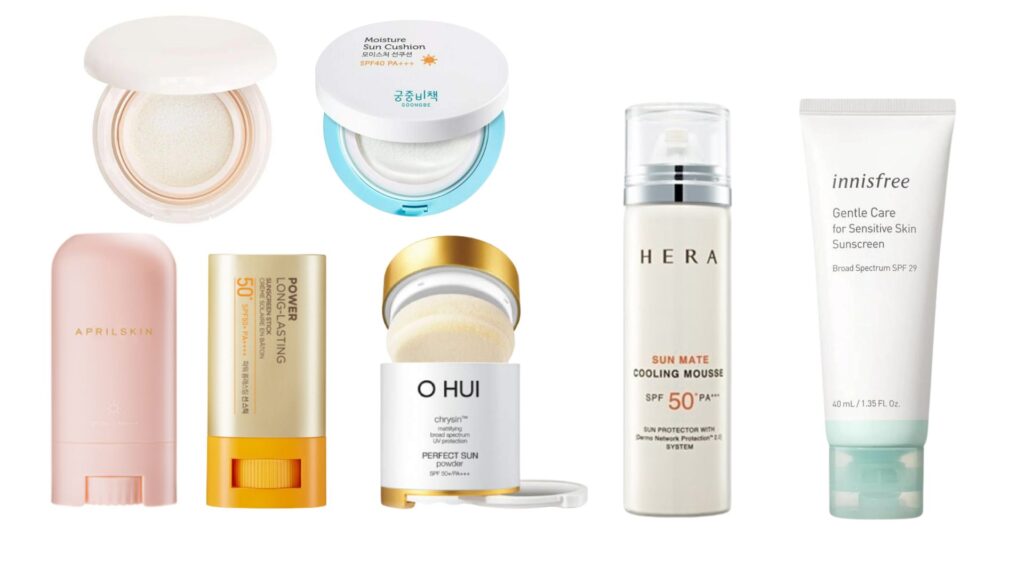
Asian women take sunscreen application very seriously, in part due to the fact that they are more prone to pigmentation when they age. While sunscreens are dime a dozen, it exists in many formats including sticks, sprays, powder and cushion so that reapplication is made easy. The formulas are also innovative, with benefits such as fading the appearance of pigmentation, skin soothing or mattifying—ideal for all scenarios and lifestyle habits.
Covabead Crystal
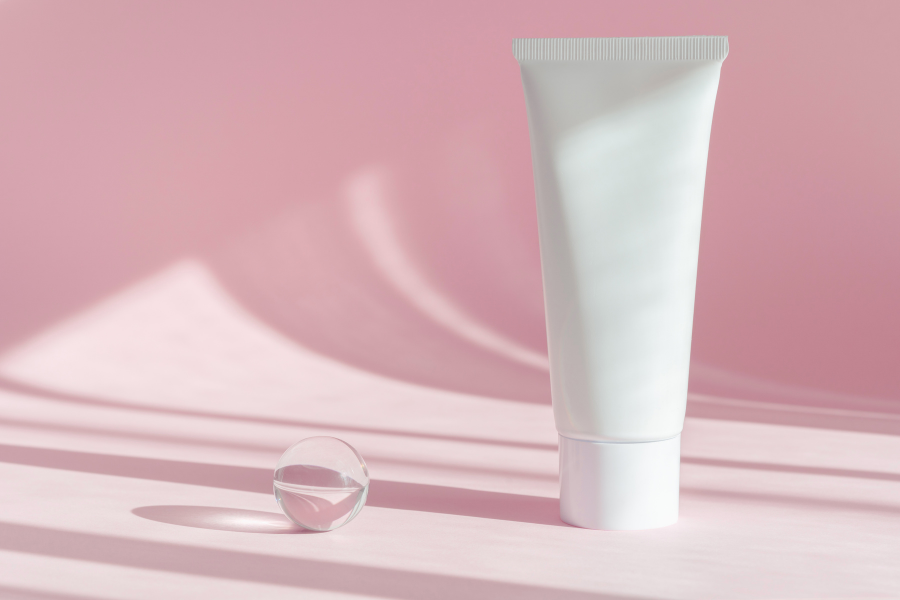
Covabead Crystal has a unique property that boasts sun protection, while giving skin a soft focus effect to blur away imperfections. The blue light shield protects skin against radiation emitted by the screens of mobile devices, computers as well as the sun. It also has excellent texture, giving skin a silky and soft after-feel, ideal for makeup application over the sunscreen.
Covascreen
Covascreen Zn AS D5-6 and Covascreen Ti AS D5-6 offer UVA and UVB protection. They are mineral sunscreens (also known as physical sunscreens) which offer excellent sun protection, without the greasy feeling or white cast associated with traditional sunscreens.
Trend #5: Multi-use Serum Sticks
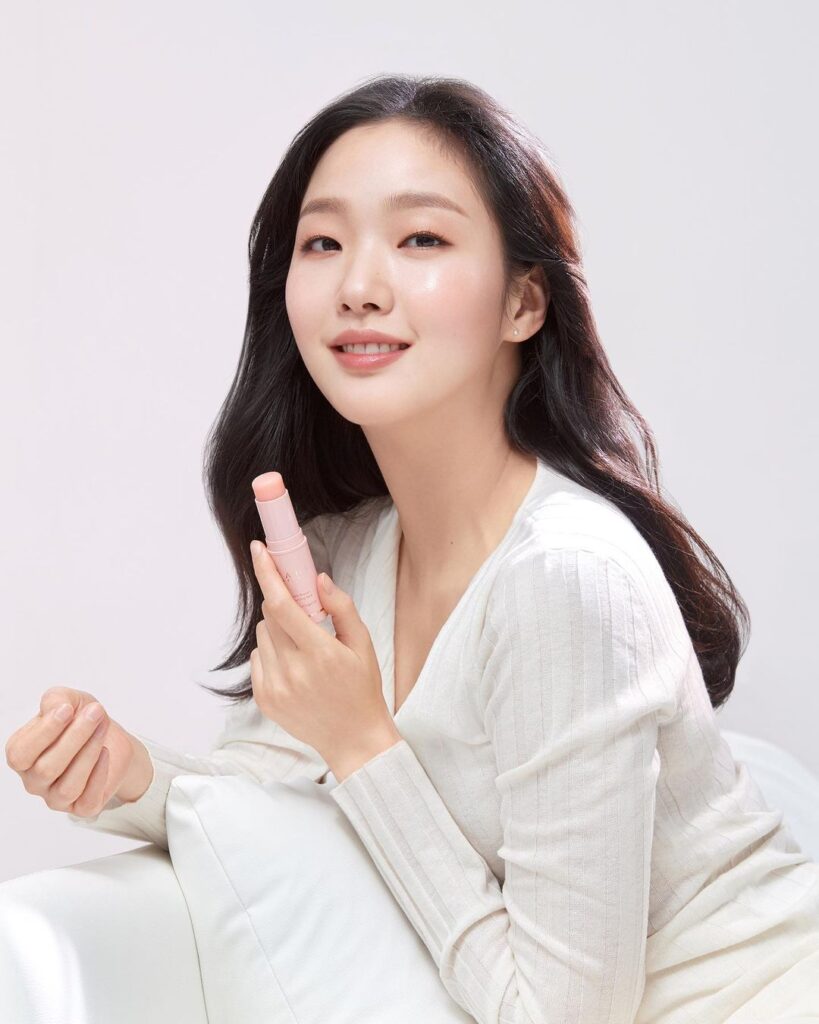
The popularity of multi balm sticks stemmed from both the pandemic as well as strategic product placements in South Korean drama series. The pandemic has brought about the need for hygiene and social distancing and the practice of limiting human touch was adopted by Koreans with what they call “untact” initiatives. Essentially a portmanteau of “un” and “contact”, this practice trickled down to beauty products. Multi balm sticks come in a convenient stick format, so there’s no need to use grimy fingers for application. The most recognisable multi balm stick would have to be KAHI’s Wrinkle Bounce Multi Balm which has made its appearance several times on Korean drama series The King: Eternal Monarch. Main female lead Kim Go Eun has been spotted with the distinctive pink stick many times, and was eventually touted the “Kim Go Eun Balm”. Western brands have also picked up on the multi balm sticks trend and brands like su:m37, Tatcha, Kora Organics and Olay all have their own iteration of the multi balm stick.
Trend #6: Men’s Grooming
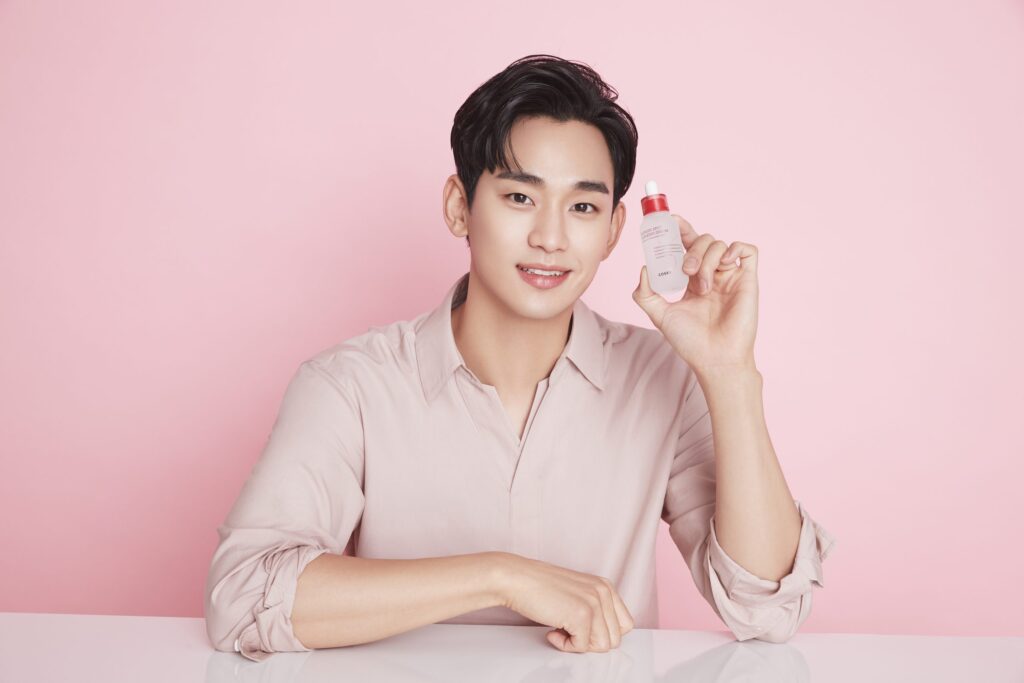
Korean men are never one to shy away from skincare. In fact, the use of male South Korean celebrities in skincare endorsement has probably proliferated the normalcy of men’s grooming and skincare as a whole. South Korean men in particular, understand the importance of proper skincare, and are open to new skincare trends. South Korean skincare brands like Sulwhasoo, ETUDE, innisfree, LANEIGE, MISSHA, and Iope all have a specialized skincare range for the men, which addresses the skin concerns they have.
Trend #7: Body Care
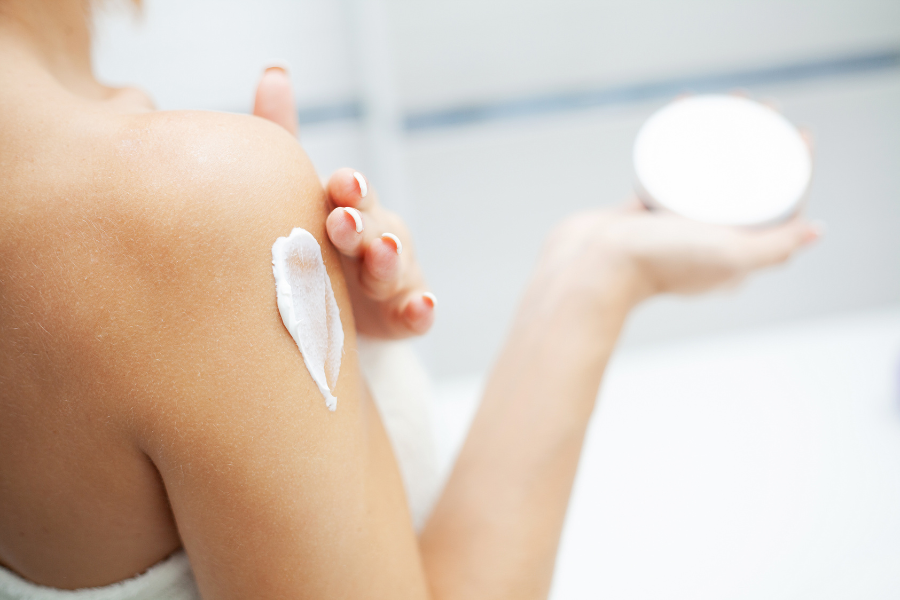
Asian women understand that skin care doesn’t just end on the face—the skin on the body also requires extra care and is considered part of their daily beauty routine. Body cleansers have to not only remove impurities but also intensely hydrate and strengthen skin. Their body care routine usually consists of four steps: Cleanse, exfoliate, hydrate and treat. Hydration usually takes the form of lightweight body lotions that are developed to retain moisture and soften skin. Then there are specific products that help treat skin concerns for the body. An example would be a tea tree spray which can be used to treat back acne.
Consider these K-beauty trends when you’re developing innovative new products for the market. Contact us to find out how we can formulate next-level skincare and makeup products for your brand.
